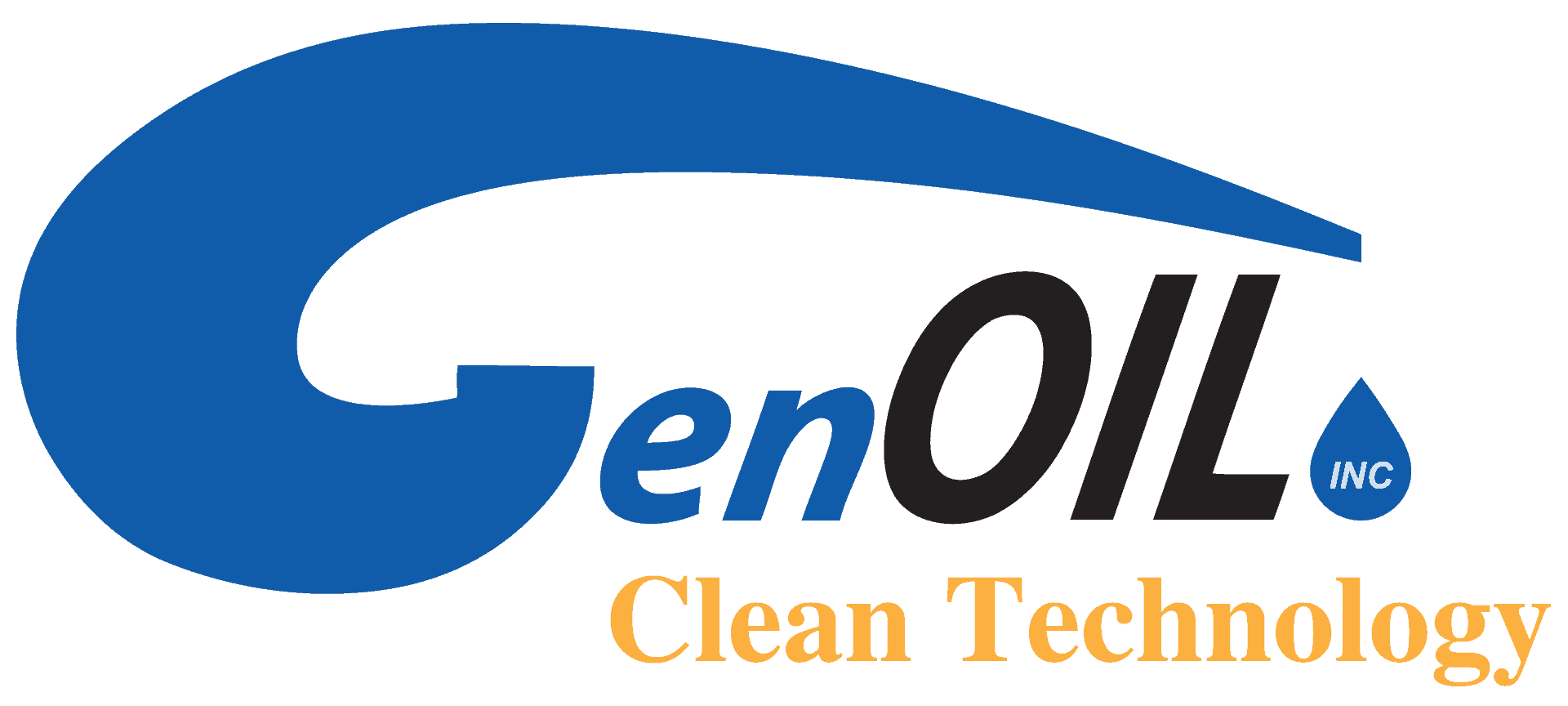Marine emissions legislation such as the current IMO’s Marpol Annex VI regulation, which governs the amount of sulphur that can be used in fuel oils, have been major drivers for change in the shipping industry in recent years. Compounding the urgency of finding appropriate compliance solutions is the understanding that a study undertaken on behalf of the International Maritime Organization (IMO) by CE Delft will report later this year that there are no major barriers to implementing a 0.50 percent global sulfur cap in 2020, rather than 2025. A final confirmation of the date will be announced at the Marine Environmental Protection Committee Meeting (MEPC70) in October of this year.
Since Heavy Fuel Oil (HFO) currently comprises the vast majority of shipping’s fuel supply, and more than 90% of world trade is already dependent upon shipping – as well as potentially as much as 3% of global GDP – the effects that these changes will bring are likely to be substantial.
These requirements and impending legislations have triggered a vast amount of research activity in order to identify and develop the best possible solutions and innovations for fulfilling future requirements. However, one important question remains unanswered by many shipowners and operators: how are they going to safely and cost-effectively ensure their compliance with the new global sulphur limit?
At its simplest, there are three short to medium-term options. Liquefied Natural Gas (LNG) has been well publicised, however there still needs to be a significant amount of investment made in the developments of infrastructure and bunkering standards, as well as pricing to make it viable on a widespread basis. Emissions abatement systems – or scrubbers – have suffered from muted uptake due to the substantial upfront capital cost that is required. That leaves distillates, and distillate-based products. Nevertheless, there is concern over product availability, and a lack of commitment from refiners to invest the significant sums required to produce more.
Most recently, an independent study conducted by EnSys Energy & Systems and Navigistics Consulting found that there could be “extreme difficulty – and indeed potential infeasibility – for the refining sector to supply the needed fuel under the global sulphur cap and to simultaneously meet all other demand without surpluses or deficits.” Based upon their calculations of 2020 sulphur plant (and hydrogen plant) capacity, they do not believe that there will be adequate volume available based on current capacity plus projects.
Moreover, even if there are enough distillates to meet demand, how much will they cost come 2020? While distillates currently cost less than HFO did two years ago, successfully predicting the price of oil over the medium and long term has long proved difficult to even the most talented analysts.
The global consumption of petroleum and other liquid fuels is estimated to have grown by 1.4 million b/d in 2015 by the US Energy Information Administration (EIA), and the EIA further expects global consumption to increase by 1.4 million b/d in both 2016 and 2017, mostly driven by growth in countries in the developing world. The cumulative impact of these trends is that there is a significant chance that prices of both crude and distillates will be meaningfully higher in 2020 than they are currently. This is a rise that would be compounded if there was a lack of product to meet demand, and one that it would be reasonable to assume would widen as refineries looked to continue to offload their by-product into the only realistically viable market.
It is for these reasons that Genoil, a leading publically traded clean technology engineering company, has developed its technology – the Hydroconversion Upgrader (GHU) – for the marine market. The GHU converts heavy crude oils and refinery bottoms into clean burning fuels for the transportation industries.
Genoil’s innovation improves upon the existing data-verified Fixed Bed Reactor technology, which is currently used in nearly 85% of the world’s reactors, by super-saturating the carbon molecules with hydrogen, significantly increasing the desulphurisation, dematalisation and denitrogenisation conversion rates, and increasing operating efficiencies by 75%. The GHU technology has the ability to take refinery residue and turn it into the low sulphur fuel oil needed to meet shipping’s 2020 legislation.
Genoil’s technological advancement means that compliant fuel can be produced in a substantially cheaper manner than oil refiners, and will mean substantial benefits for all stakeholders involved in the marine fuel supply chain.
For ship owners it negates the requirement to invest capital in scrubbers or to switch to LNG, and for fuel suppliers it ensures a reliable supply of compliant fuel oil, which they can provide to customers at a reduced cost, but at a higher margin than traditional distillate or low sulphur products. And of course for the fuel payers, their fuel bills are significantly reduced.
In conjunction with this, in a highly competitive market, port authorities will be able to differentiate themselves, and increase their competitive advantage by being able to guarantee the continuous supply of MARPOL Annex VI-compliant, cost-effective fuel products, delivered through a state-of-the-art bunkering infrastructure. Genoil’s GHU unit can be easily placed in locations including receiving terminals, pipelines and ports.
The shipping industry in many respects has traditionally been sceptical of innovation, and the lack of widespread uptake in clean technologies that increase operational efficiencies has long been evidence of this. This is why Genoil has invested over $50 million over the past few years in research and development from its 147-acre site in Alberta, Canada, delivering an abundance of test data, which verifies the viability of the product. The company has also filed more 20 patents in relation to its GHU technology, including the process for treating crude using hydrogen in a special reactor unit.
Most significantly, credibility is often measured by the company that you keep. That is why in 2015 Genoil signed a $700 million joint venture with the Chinese government refining operator, Hebej Zhongjie Petrochemical Group (HYT), marking the formal commercialisation of the company and its technology within a large-scale refinery. And more recently in April 2016, Genoil announced, in conjunction with consortium partner Beijing Petrochemical Engineering Co Ltd (BPEC), the receipt of a $5 billion Letter of Intent (LOI) for the funding of a 500,000-barrels per day (bpd) desulfurization and upgrading project located in the Middle East. Beijing Petrochemical is a division of Yanchang Petroleum, sitting at position 380 on the Fortune 500 list. This is a project that will see, following the implementation of the GHU technology, a production capacity of 500,000 barrels per day of low sulfur crude oil.
Due to its international nature, the shipping sector is fundamentally different from other transportation modes, which are subject to local laws. It requires a unique set of standards and solutions in order to function properly within the global environmental constraints, and still deliver an appropriate response to the increasing demand for marine transport. The impeding global sulphur cap is only one element of the complexity that has been added to the marine fuel supply chain. Whilst many owners and operators are adopting a wait and see approach, the inevitable investment rush that will accompany the announcement of the final date, most likely in 2020, gives a sizeable competitive and financial advantage to those that choose to be proactive. As Genoil’s technology shows, there are developed, proven and established options that are compliant with international legislation, and can strengthen the bottom line today, tomorrow and well beyond 2020.
Article by Bruce Abbott, President and COO, Genoil Inc, arranged on behalf of Hellenic Shipping News Worldwide (www.hellenicshippingnews.com)

